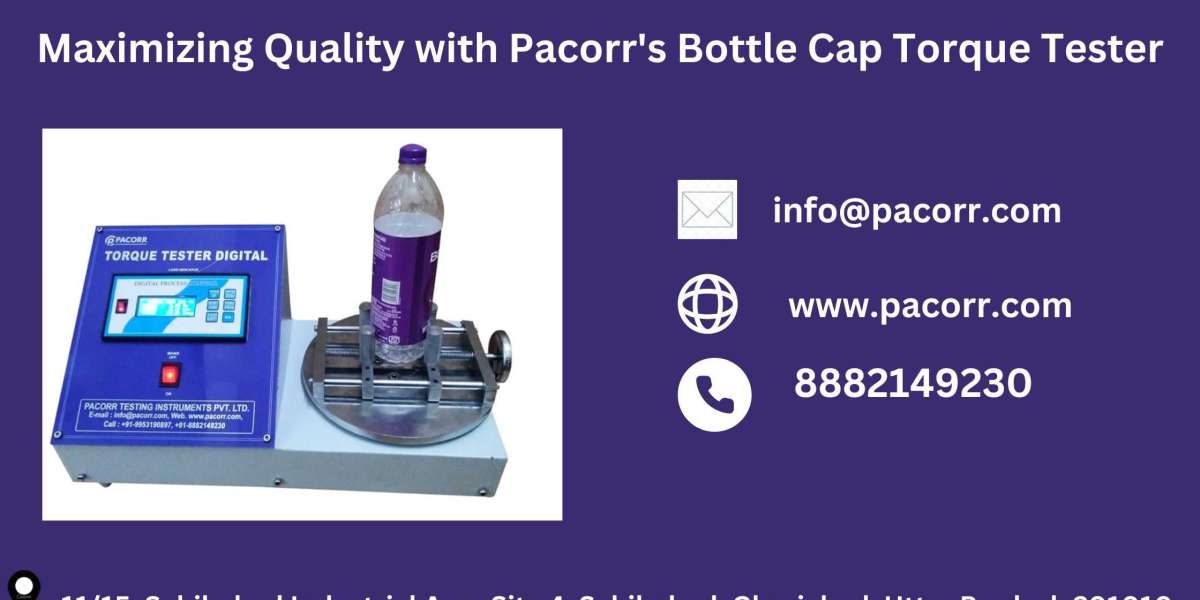In today’s fast-paced construction industry, speed and precision often make the difference between winning and losing a bid. Subcontractors face mounting pressure to deliver accurate estimates under tight deadlines. A swift turnaround not only raises your chances of success, but also elevates your reputation with general contractors (GCs). Here’s how you can streamline your bid process without sacrificing accuracy.
1. Embrace Digital Takeoff Technology
Manual takeoffs are time-consuming and error-prone. By adopting digital takeoff tools such as Plan Swift, Pro core, or Builder trend, subcontractors can automate the extraction of quantities from digital blueprints and BIM models. This not only speeds up the estimating process but also enhances precision—allowing for faster generation of accurate bids.
2. Maintain a Robust Historical Cost Database
Your own project history is a goldmine. Track past project metrics—labor productivity, material usage, equipment costs—and build a living database. When a new bid comes in, reference analogous projects to establish a realistic cost baseline. Studies show that leveraging historical data helps identify anomalies and improve estimate accuracy.
3. Get Supplier Quotes in Advance
Industry volatility, especially in material prices, makes timely supplier quotes essential. Secure written quotes from multiple vendors early in the process—especially for high-impact items like steel or lumber. Such firm pricing reduces risk and supports credible bid submissions.
4. Pre‑Qualify and Build Sub Networks
If your bid depends on subcontracted work, ensure your partners are reliable and competitive. Pre-qualify a small pool of subcontractors for each trade and request at least three quotes per scope of work. Clear scope definitions prevent overlaps and ensure that all parties are aligned.
5. Establish Structured Internal Reviews
Before submitting a bid, a second pair of eyes can save thousands. Implement quick peer reviews or formal team “red‑teams” to catch errors—scale miscalculations, missing scopes, or misapplied rates. Encouraging collaborative review ensures consistency and accuracy.
6. Use Software with Real‑Time Data
Estimating platforms that integrate real-time pricing, regional cost databases, and template libraries allow you to produce bids fast and accurately. Tools offering dynamic pricing updates and built-in takeoff capabilities can reduce bid-preparation time by over 60% on large projects.
7. Communicate Clear Deadlines Early
Set up timelines with your subcontractors that include internal buffers. For instance, request subcontractor quotes two days before your own submission due date. That gives you room to reconcile gaps or clarify assumptions. Clearly communicate your deadlines so everyone understands expectations.
8. Apply Mark‑Up and Contingency Strategies
Fast bid turnarounds shouldn’t bypass risk planning. Establish standard markup percentages for labor and materials (typically 25‑50 %) to cover overhead and profit. Factor in general contingencies for unknowns or scaling changes. This “cover your base” approach ensures that speed doesn’t compromise profitability.
9. Leverage AI and Forecasting Tools
Selective use of AI-enhanced forecasting modules can help anticipate material cost fluctuations. For example, some software analyzes market trends and supply chain shifts (like impending storms) to suggest pricing adjustments—useful for volatile resources such as roofing materials.
10. Evaluate Bid Turnaround Benchmarks
According to estimator discussions, quick, accurate bids often determine win rates. For small to mid-scale jobs, delivering estimates within 24–48 hours can significantly improve your chances. Larger, complex projects may require weeks, depending on scope and coordination needs .
11. Track Bid Performance and Refine
Gather data on your win/loss rates, turnaround times, and quote accuracy. Use key metrics—bid hit rate, average bid time, variation from actual costs—to fine-tune your estimating process over time . Data-driven improvements help you prioritize bids strategically and grow client trust.
Sample Fast-Track Estimating Workflow
- Opportunity Received – Document scope and deadline.
- Digital Takeoff – Run quantities using software.
- Supplier/Sub Quotes – Request firm prices within 24 hours.
- Historical Compare – Adjust takeoff based on prior job data.
- Markup Contingency – Apply flat margins and risk buffers.
- Review QA – Quick peer review to catch omissions.
- Finalize Submit – Package with scope clarity, timelines.
- Post-Bid Capture – Document feedback and bid results.
Why Quick Turnaround Matters
- Win More Work: GCs often prioritize early submissions. Getting your bid in early shows commitment and gives GCs room to address questions and negotiate—a competitive edge.
- Build Trust: Fast, accurate bids establish your reputation as a dependable partner. Suppliers and GCs value subcontractors who deliver on time.
- Maximize Profitability: The faster your internal process, the more bids you can turn around—without compromising quality or burning out staff.
Common Pitfalls to Avoid
- Overloading Staff: Asking an estimator to crank out excessive bids weekly leads to errors or dropout . Set realistic volume targets.
- Poor Communication: Failure to state deadlines or scope clearly causes late quotes and mismatches .
- Underestimating Complexity: Treat each bid differently—identify unique challenges and budget extra time for complex scopes.
Wrapping Up
Accelerating subcontractor bid turnaround is not about cutting corners—it’s about investing in smarter processes. By combining digital takeoff tools, a well‑maintained cost database, pre‑qualified sub networks, and peer review, you can produce high-quality bids rapidly and consistently. Add strategic markup, risk buffers, and performance tracking, and you'll secure higher win rates—all while enhancing your professional credibility.








